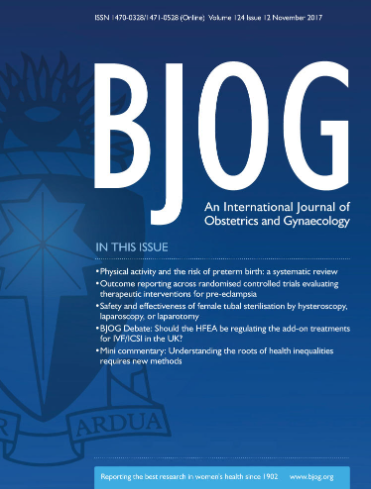What Is the Safest Population-Level Caesarean Delivery Rate? A National Cohort Study Using Natural Variation
Abstract
Objective
Ten to fifteen per cent has been proposed for many decades as the optimal level of caesarean section, with little supporting data. Norway provides a natural experiment in which local variations in the use of caesarean section can be related to health outcomes in the context of free access to high-quality medical services.
Design
Prospective national cohort.
Setting
Norway.
Population
Norwegian deliveries 1995–2014.
Methods
We calculated annual rates of caesarean delivery and health outcomes for 435 municipalities. To avoid hospital referral bias, the mother's municipality of residence was the unit of analysis. Caesarean-delivery rates in each year were based on the 2 years before and after, avoiding indication bias. Analyses were adjusted for year, with additional adjustments in sensitivity analyses.
Main Outcome Measures
Maternal mortality, severe maternal haemorrhage and perineal tears; stillbirth and neonatal death, neonatal encephalopathy and cerebral palsy.
Results
There were 1 172 546 deliveries across 8647 municipality-year combinations over a 20-year period. Caesarean rates across municipalities ranged from about 10% to 20%, with quartile values of 13%, 16% (median) and 18%. Most adverse outcomes were least frequent in municipalities with caesarean rates above 15%. Lower rates of caesarean delivery were associated with more frequent occurrence of perineal tears (OR 1.41, 95% confidence interval 1.36–1.46), neonatal encephalopathy (OR 1.91, 1.71–2.13), cerebral palsy (1.48, 1.24–1.77) and stillbirths (OR 1.07, 0.99–1.17), but also with less frequent maternal haemorrhage (OR 0.81, 0.77–0.85). Further adjustments had minimal effect on estimates.
Conclusion
In Norway, a country with free access to high-quality medical care, a local caesarean-delivery rate of 10% was associated with nearly a two-fold risk of neonatal encephalopathy and a 50% higher occurrence of cerebral palsy compared with areas with a caesarean-delivery rate of 20%.


 求助内容:
求助内容: 应助结果提醒方式:
应助结果提醒方式:


